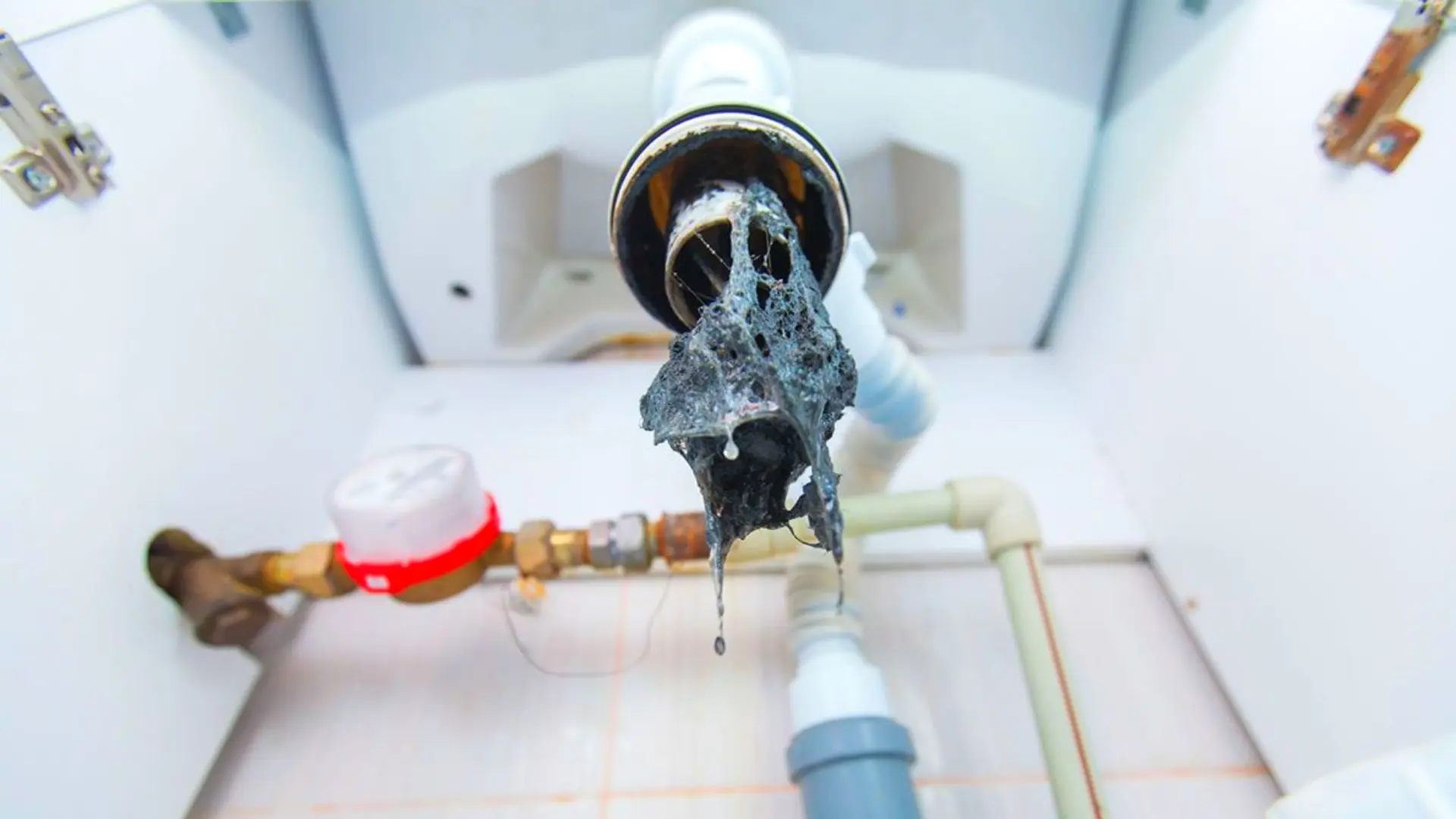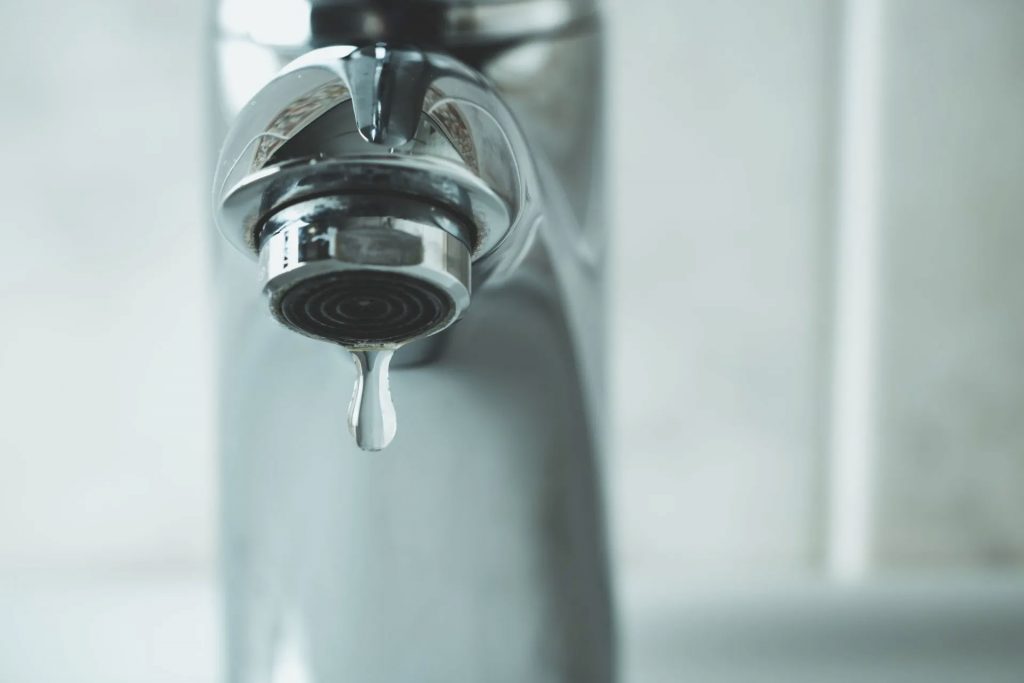Our Ultimate Instruction to Dealing with Low Water Pressure in Your Home
Our Ultimate Instruction to Dealing with Low Water Pressure in Your Home
Blog Article
Each person has got his or her own thinking with regards to Low Water Pressure in the House?.

Low water pressure in your home can be an aggravating trouble, influencing whatever from bathing to washing recipes. If you're experiencing weak water circulation, there are numerous possible reasons and options to check out. In this guide, we'll review typical factors for low tide pressure and practical actions to attend to the issue properly.
Introduction to Low Tide Stress
Low tide pressure occurs when the circulation of water from your taps, showers, and various other components is weaker than usual. This can make everyday tasks extra challenging and much less efficient. Understanding the causes of low tide pressure is essential to finding the appropriate service.
Common Reasons For Low Water Stress
Pipe Obstructions
In time, pipelines can end up being clogged with mineral deposits, sediment, or debris, limiting the flow of water. This is an usual issue in older homes with galvanized steel pipes.
Rust
Corrosion within pipes can cause leaks and reduced water stress. Corrosion accumulation can tighten water circulation, specifically in aging plumbing systems.
Faulty Stress Regulators
Pressure regulatory authorities are in charge of preserving consistent water stress in your house. If they malfunction, it can cause low tide pressure or uneven flow throughout the house.
Community Water Supply Issues
Sometimes, the issue exists outside your home. Local water supply issues, such as main line leakages or upkeep job, can momentarily lower water pressure in your location.
How to Diagnose Low Water Pressure
Inspecting Taps and Fixtures
Beginning by evaluating the water stress at different taps and fixtures throughout your home. If the issue is isolated to certain areas, it may suggest local troubles.
Inspecting Pipelines
Inspect noticeable pipelines for indications of leakages, deterioration, or obstructions. Take note of any kind of uncommon noises, such as banging or rattling pipelines, which can show issues within the plumbing system.
Consulting with a Plumber
If you're unable to pinpoint the source of low tide stress, take into consideration working with a professional plumber to perform a comprehensive inspection. They can recognize underlying issues and advise proper options.
DIY Solutions to Take Care Of Low Water Stress
Cleaning Up Aerators and Showerheads
Mineral deposits can collect in aerators and showerheads, lowering water flow. Eliminate and clean these elements routinely to boost water pressure.
Flushing Hot Water Heater
Sediment build-up in the hot water heater can limit circulation and reduce effectiveness. Flushing the container periodically aids remove sediment and keep optimum performance.
Examining Stress Regulatory Authority
Make sure that the stress regulator is operating appropriately. Readjusting or changing the regulatory authority can help recover appropriate water stress throughout your home.
Clearing Clogs in Pipeline
For small obstructions, try making use of a plumbing serpent or chemical drain cleaner to clear obstructions in pipes. Beware when using chemicals and comply with safety guidelines.
When to Call a Specialist Plumber
If DIY efforts fall short to resolve the problem or if you believe considerable plumbing problems, it's ideal to seek help from a certified plumber. They have the proficiency and devices to resolve complex concerns securely and efficiently.
Safety Nets to Maintain Water Stress
Routine Maintenance
Schedule regular maintenance for your plumbing system to prevent concerns such as corrosion, leaks, and blockages. Resolving minor problems early can aid prevent more considerable fixings later.
Installing a Stress Booster
Take into consideration installing a pressure booster pump to boost water pressure in areas with regularly reduced flow. This can be especially helpful for multi-story homes or residential properties with high-demand fixtures.
Monitoring Water Usage
Be mindful of water usage practices and prevent ill-using the plumbing system. Easy changes, such as shocking showers and laundry loads, can aid maintain appropriate water pressure.
Verdict
Dealing with low tide pressure can be irritating, but recognizing the underlying reasons and applying suitable options can bring back optimal circulation throughout your home. Whether it's cleaning up aerators, checking pipelines, or seeking advice from a plumber, taking aggressive actions can ensure a constant supply of water for your daily demands.
HOW TO FIX LOW WATER PRESSURE IN YOUR HOUSE (EXPERT GUIDE)
The morning shower lacking any real pressure? Bathtub taking hours to fill? Or maybe you’re dissatisfied with the inadequate performance from your combi boiler?
Then you, like millions of others across the UK, might be experiencing low water pressure.
Fortunately, the good news is that you don’t have to continue living this way. The cause of low water pressure in the home is often quite simple, and you may not even require a plumber to fix the problem.
What causes low water pressure in the house?
If you are experiencing issues with water pressure throughout your home, then you may have one of the problems outlined below.
Most of these problems can be fixed quite easily, but for others, you may need to contact a plumber.
Obstructed Shutoff Valve
If you’ve just bought a new home or recently had building work conducted on your property, there is a chance that your water valves were not fully opened.
If the water valve is partially closed, then you may be restricting the amount of water entering your home. To fix this, simply ensure the valve is fully open.
If the valve appears fully open but you are still encountering reduced water pressure, then the valve may be broken. If this is the case, do not under any circumstances try to fix it without proper training.
Often found under your kitchen sink, a water valve will usually look like a bright yellow handle.
Again, if you believe the water valve is broken, contact a plumber immediately.
Leaks in Your Water Pipes
Leaks are the worst-case scenario when it comes to low water pressure.
If the water pipes are damaged, then this will cause low water pressure, as not all the water will make it to your taps.
After you’ve checked to see if the valve is fully open, you can conduct a leak check of your home. Now, this may seem scary, but it is actually quite simple.
Clogged Water Pipes
Clogged water pipes are one of the most common causes of low water pressure.
These clogs usually build-up when your home is supplied water via iron pipes. Iron is particularly vulnerable to rusting which can then break off and cause an obstruction within your system. You also face the problem of things like dirt, gravel or sand entering creating mineral deposits which further block water flowing from the mains water supply.
Unfortunately, if you suspect that clogged pipes may be restricting your water supply, then you will need to contact a plumber.
In this situation, you will either need to have your pipes removed and cleaned or in more severe cases, you could require a new set of water pipes.
Designer Taps
Designer taps look fantastic, but are they built to be efficient in your plumbing system? Modern taps are built for modern homes and they often have lower flow rates that are specifically designed for use within high-pressure systems.
Install a Water Pressure Booster Pump
If the issue is simply that the mains water pressure supply is too low, the simplest fix is to invest in a booster pump. Found in homes of all shapes and sizes, booster pumps are a relatively cheap option to add extra pressure to your home.
Designed to increase water pressure by passing water into the pump from your mains supply and then ejecting it into your home water system at a higher pressure, a booster pump is a truly simple and effective solution to increasing water pressure.
https://www.anchorpumps.com/blog/the-plumbers-guide-to-fixing-low-water-pressure/

HOW TO FIX LOW WATER PRESSURE IN YOUR HOUSE (EXPERT GUIDE)
The morning shower lacking any real pressure? Bathtub taking hours to fill? Or maybe you’re dissatisfied with the inadequate performance from your combi boiler?
Then you, like millions of others across the UK, might be experiencing low water pressure.
Fortunately, the good news is that you don’t have to continue living this way. The cause of low water pressure in the home is often quite simple, and you may not even require a plumber to fix the problem.
What causes low water pressure in the house?
If you are experiencing issues with water pressure throughout your home, then you may have one of the problems outlined below.
Most of these problems can be fixed quite easily, but for others, you may need to contact a plumber.
Obstructed Shutoff Valve
If you’ve just bought a new home or recently had building work conducted on your property, there is a chance that your water valves were not fully opened.
If the water valve is partially closed, then you may be restricting the amount of water entering your home. To fix this, simply ensure the valve is fully open.
If the valve appears fully open but you are still encountering reduced water pressure, then the valve may be broken. If this is the case, do not under any circumstances try to fix it without proper training.
Often found under your kitchen sink, a water valve will usually look like a bright yellow handle.
Again, if you believe the water valve is broken, contact a plumber immediately.
Leaks in Your Water Pipes
Leaks are the worst-case scenario when it comes to low water pressure.
If the water pipes are damaged, then this will cause low water pressure, as not all the water will make it to your taps.
After you’ve checked to see if the valve is fully open, you can conduct a leak check of your home. Now, this may seem scary, but it is actually quite simple.
Clogged Water Pipes
Clogged water pipes are one of the most common causes of low water pressure.
These clogs usually build-up when your home is supplied water via iron pipes. Iron is particularly vulnerable to rusting which can then break off and cause an obstruction within your system. You also face the problem of things like dirt, gravel or sand entering creating mineral deposits which further block water flowing from the mains water supply.
Unfortunately, if you suspect that clogged pipes may be restricting your water supply, then you will need to contact a plumber.
In this situation, you will either need to have your pipes removed and cleaned or in more severe cases, you could require a new set of water pipes.
Designer Taps
Designer taps look fantastic, but are they built to be efficient in your plumbing system? Modern taps are built for modern homes and they often have lower flow rates that are specifically designed for use within high-pressure systems.
Install a Water Pressure Booster Pump
If the issue is simply that the mains water pressure supply is too low, the simplest fix is to invest in a booster pump. Found in homes of all shapes and sizes, booster pumps are a relatively cheap option to add extra pressure to your home.
Designed to increase water pressure by passing water into the pump from your mains supply and then ejecting it into your home water system at a higher pressure, a booster pump is a truly simple and effective solution to increasing water pressure.
https://www.anchorpumps.com/blog/the-plumbers-guide-to-fixing-low-water-pressure/
I am very excited about 9 Reasons for Low Water Pressure in Your House and I hope you liked the entire piece. For those who enjoyed our article plz consider to pass it around. Thank you so much for your time spent reading it.
Call Us Today Report this page